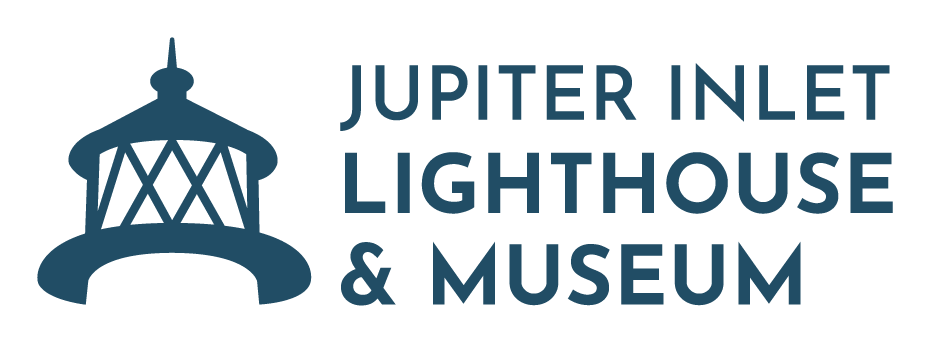Early Native Americans
About the Jeaga Indian Tribe
The Jobe (“hoe-bay”) and Jeaga (“hay-gwa”) cultures were masters at carving dugout canoes from cypress trees and expertly navigated Florida’s waterways to Lake Okeechobee and throughout South Florida to trade with other tribes. The extensive shell mounds they once built along the river system, now nearly vanished, record the evidence of their lives and diet.
Exploring Native American Sites in Florida
Sharks, manatees, deer, squirrel, sea turtles, mullet, snapper, sea grapes, coco plums, and saw palmetto berries were some of nature’s resources that fed the early people. Archaeologists studying the Jupiter Inlet area have found stone tools, pottery, and shell and bone tools and adornments. Many of these artifacts are on display in the Jupiter Inlet Lighthouse & Museum.
History of the Jeaga Native Americans
Complex chiefdoms and political alliances existed among the first Florida tribes, not unlike the monarchies of Europe. Marriages between the families of leaders, such as the one between the cacique of the Jeaga and the cacique of the Ais to the north, were used to expand territories of influence and allies. The Jobe Indians of the Jupiter Inlet area were most likely a subgroup of the larger Jeaga tribe to the south. Sometime in the 1600s the status of the Jobe may have strengthened, perhaps due to the wealth provided by many valuable shipwrecks in their territory.
Records of Early Native Americans in Florida
Only a few written records from the Spanish and English remain today with descriptions of the Jobe and Jeaga. Jonathan Dickinson’s Journal (available in our Museum Gift shop) provides an outsiders glimpse of the Jobe people, while Fontaneda’s Journal makes mention of the Jeaga and neighboring tribes. His record also states that most of the tribes of Florida were at one time vassals of the powerful Calusa Chief Calos of the southwest.
The Jeaga and Jobe are believed to have died out in the early 1700s due to European diseases and occupational pressures after thousands of years of peaceful existence along the waters of the northern Everglades.

The Jupiter Inlet Lighthouse & Museum is operated by the Loxahatchee River Historical Society, managing partner in the Jupiter Inlet Lighthouse Outstanding Natural Area.
Sign Up For Our Email Newsletter
© Jupiter Inlet Lighthouse & Museum | 500 Captain Armour's Way, Jupiter, FL 33469
